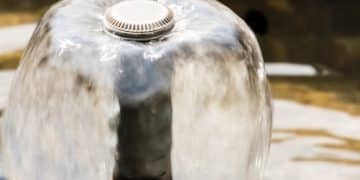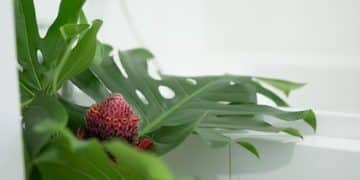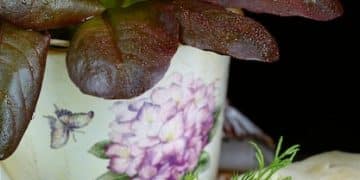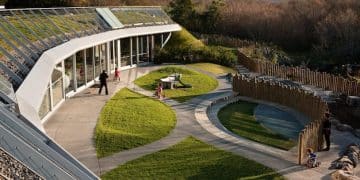Eco-Friendly Landscaping: Your Guide to a Green Yard
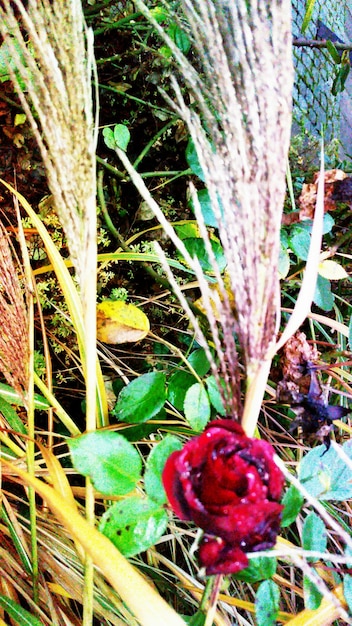
Eco-friendly landscaping focuses on creating beautiful outdoor spaces that benefit the environment by using sustainable practices, native plants, and water conservation techniques, all aimed at supporting local ecosystems and reducing environmental impact.
Creating a beautiful yard doesn’t have to come at the expense of the environment. Eco-friendly landscaping offers a way to design and maintain your outdoor space in a sustainable way, benefiting both you and the planet.
Understanding Eco-Friendly Landscaping Principles
Embracing eco-friendly landscaping starts with understanding its core principles. It’s about creating a sustainable ecosystem in your yard, reducing your environmental impact, and supporting local biodiversity.
These principles guide every decision, from plant selection to water management, ensuring your landscaping choices are beneficial for the environment.
Prioritizing Native Plants
Native plants are perfectly adapted to your local climate and soil conditions, requiring less water, fertilizer, and pesticides. They also provide essential food and habitat for native wildlife.
Choosing native species helps create a thriving ecosystem in your yard, supporting pollinators, birds, and other beneficial creatures.
Water Conservation Techniques
Efficient water management is crucial for eco-friendly landscaping. Techniques like rainwater harvesting, drip irrigation, and xeriscaping can significantly reduce water consumption.
Implementing these practices not only saves water but also promotes healthier plant growth and reduces the risk of soil erosion.
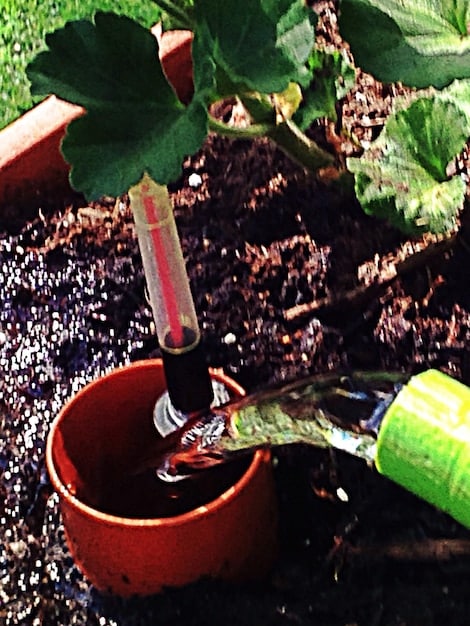
In summary, understanding and implementing these principles is the first step toward creating an eco-friendly landscape that is both beautiful and sustainable.
Selecting the Right Plants for Your Eco-Friendly Yard
Choosing the right plants is essential for a thriving and sustainable landscape. Consider native species, drought-tolerant varieties, and plants that attract pollinators to create a diverse and resilient ecosystem.
By carefully selecting the plants for your yard, you can minimize maintenance requirements and maximize environmental benefits.
- Native trees: Oak, maple, and birch trees provide shade, habitat, and carbon sequestration.
- Native shrubs: Dogwood, viburnum, and spicebush offer beautiful blooms and berries for wildlife.
- Native wildflowers: Milkweed, coneflower, and aster attract pollinators and add vibrant color to your landscape.
- Drought-tolerant succulents: Sedum and sempervivum require minimal watering and thrive in arid conditions.
Choosing the right plants also means understanding your local climate and soil conditions. This ensures that your plants will thrive with minimal intervention, reducing the need for fertilizers and pesticides.
Implementing Water-Wise Irrigation Strategies
Effective water management is a cornerstone of eco-friendly landscaping. By adopting water-wise irrigation strategies, you can conserve water, reduce your environmental impact, and promote healthy plant growth.
These strategies focus on using water efficiently and minimizing waste to create a sustainable and thriving landscape.
Rainwater Harvesting
Collecting rainwater is an excellent way to reduce your reliance on municipal water sources. Rain barrels and cisterns can capture rainwater for irrigation purposes.
This simple system not only saves water but also reduces stormwater runoff and the risk of flooding.
Drip Irrigation
Drip irrigation delivers water directly to the plant roots, minimizing water loss through evaporation and runoff. This method is highly efficient and can save a significant amount of water.
Installing a drip irrigation system ensures that your plants receive the water they need, without wasting valuable resources.
Mulching Techniques
Applying mulch around your plants helps retain soil moisture, suppress weeds, and regulate soil temperature. Organic mulches, such as wood chips and shredded bark, also improve soil fertility.
Mulching is a simple yet effective way to conserve water and create a healthier growing environment for your plants.
By implementing these water-wise irrigation strategies, you can create a sustainable landscape that conserves water, reduces your environmental footprint, and promotes healthy plant growth.
Using Natural and Organic Fertilizers
Switching to natural and organic fertilizers is a crucial step in creating an eco-friendly landscape. These fertilizers nourish your plants while minimizing harm to the environment.
Natural and organic fertilizers improve soil health, support beneficial microbes, and promote sustainable plant growth.
- Compost: Rich in nutrients and beneficial microbes, compost improves soil structure and fertility.
- Manure: Aged manure provides essential nutrients for plant growth.
- Bone meal: A good source of phosphorus and calcium, bone meal promotes strong root development.
- Seaweed extract: Contains trace minerals and growth hormones that enhance plant health and vigor.
By using natural and organic fertilizers, you can create a healthy and thriving landscape without relying on harmful chemicals.
Managing Pests and Diseases Naturally
Controlling pests and diseases naturally is essential for maintaining an eco-friendly landscape. This approach focuses on preventing problems before they occur and using non-toxic methods to address any issues that arise.
Natural pest and disease management techniques protect your plants while safeguarding the environment and beneficial insects.
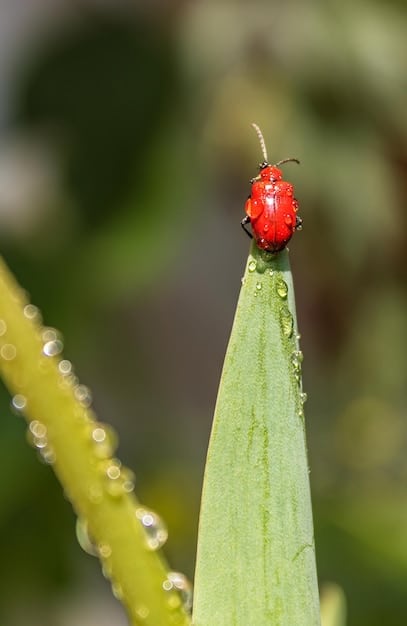
Managing pests and diseases naturally requires a proactive approach. Regular monitoring of your plants, proper watering and fertilization, and good sanitation practices can help prevent problems before they occur.
Creating Habitats for Wildlife
Inviting wildlife into your yard enhances biodiversity and creates a vibrant ecosystem. By incorporating features that attract pollinators, birds, and other beneficial creatures, you can transform your yard into a haven for wildlife.
Creating habitats for wildlife supports local ecosystems and provides a sense of connection to the natural world.
In conclusion, by creating habitats for wildlife, you not only enhance the beauty of your yard but also contribute to the health and resilience of the local ecosystem.
| Key Point | Brief Description |
|---|---|
| 🌱 Native Plants | Use local species for minimal upkeep. |
| 💧 Water Conservation | Efficient irrigation & rainwater harvesting. |
| 🐛 Wildlife Habitats | Attract pollinators for ecosystem health. |
| 🌿 Organic Fertilizers | Use natural alternatives to nourish plants. |
FAQ
▼
Eco-friendly landscaping is designing and maintaining outdoor spaces in a sustainable way, using practices that benefit the environment and support local ecosystems.
▼
Native plants are adapted to local conditions, requiring less water, fertilizer, and pesticides. They also provide food and habitat for native wildlife.
▼
Use techniques like rainwater harvesting, drip irrigation, and mulching to conserve water and reduce your reliance on municipal water sources.
▼
Natural pest control methods include using beneficial insects, handpicking pests, and applying organic pesticides like neem oil and insecticidal soap.
▼
Provide food, water, shelter, and nesting sites for wildlife by planting native trees, shrubs, and wildflowers, and installing bird feeders and water features.
Conclusion
By embracing eco-friendly landscaping practices, you can create a beautiful and sustainable yard that benefits both you and the environment. From selecting native plants to conserving water and managing pests naturally, every choice you make contributes to a healthier and more vibrant ecosystem.

